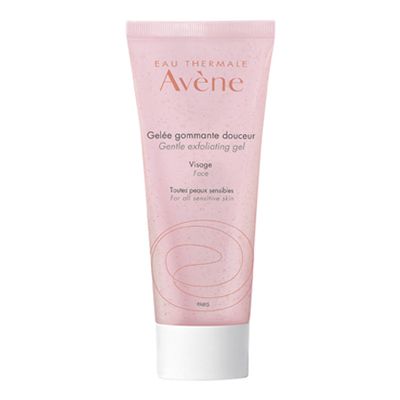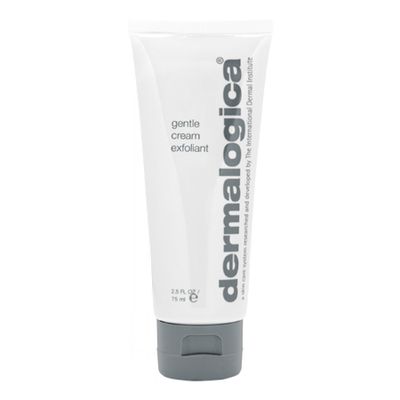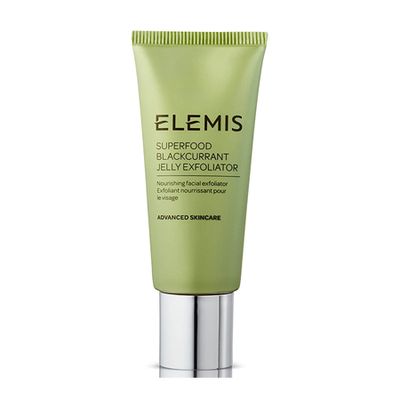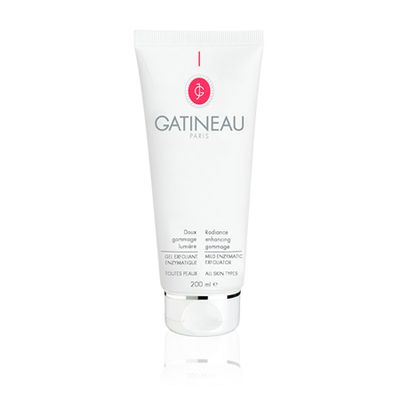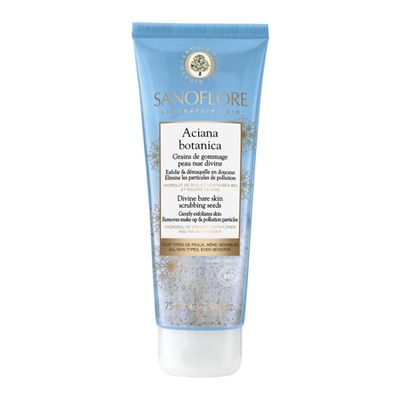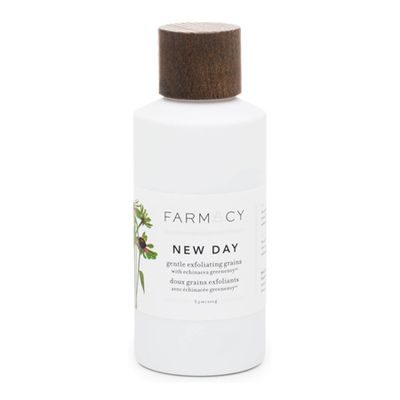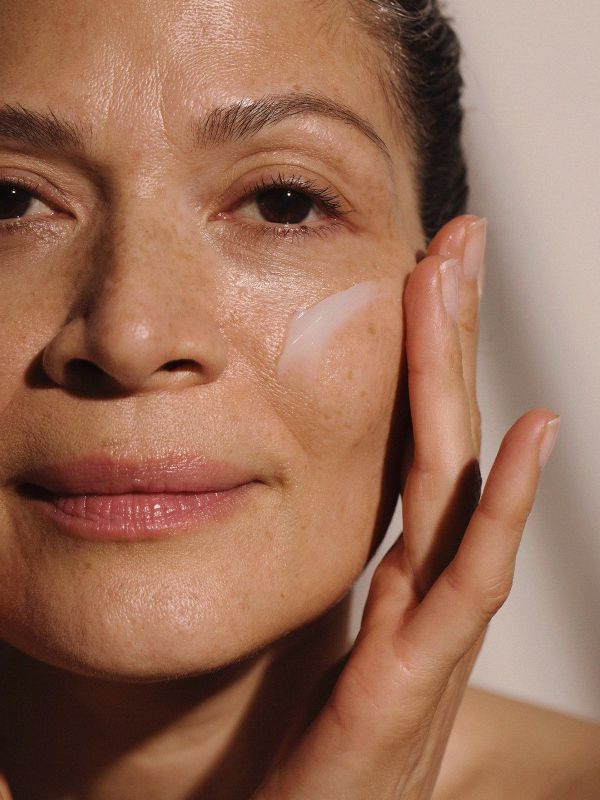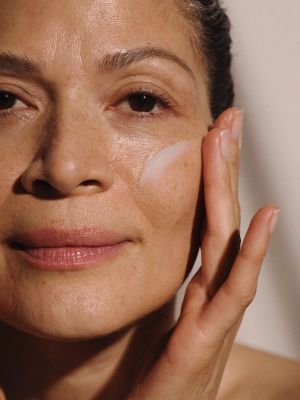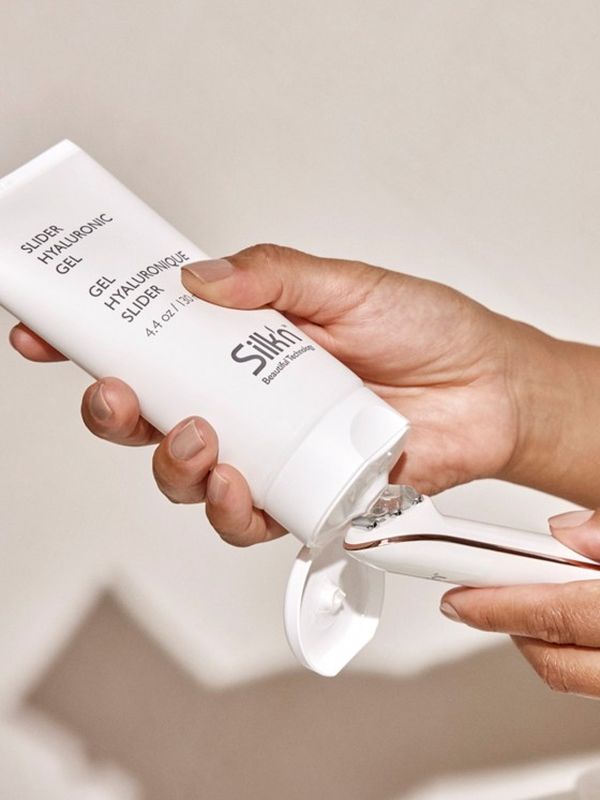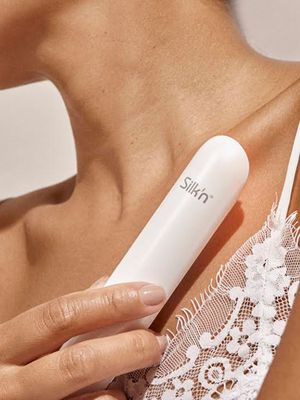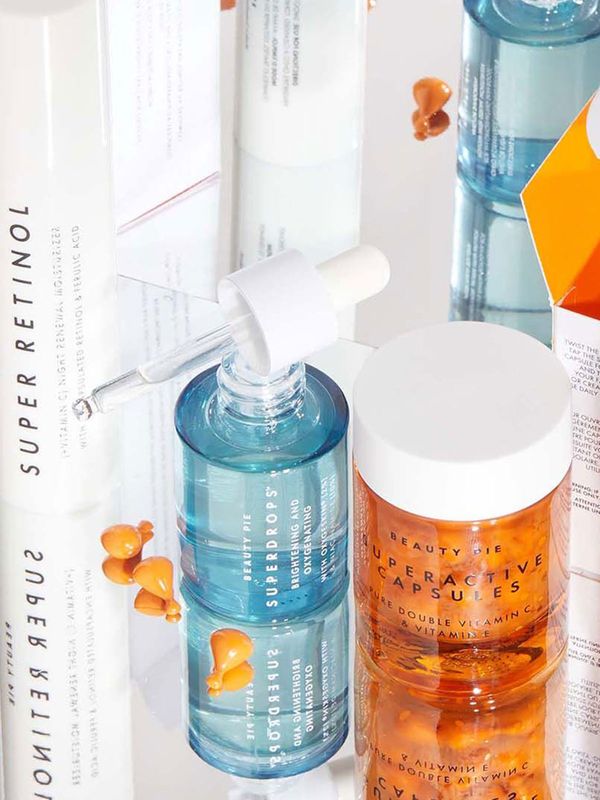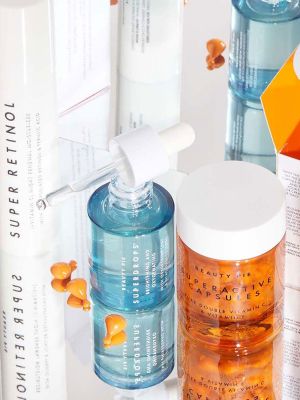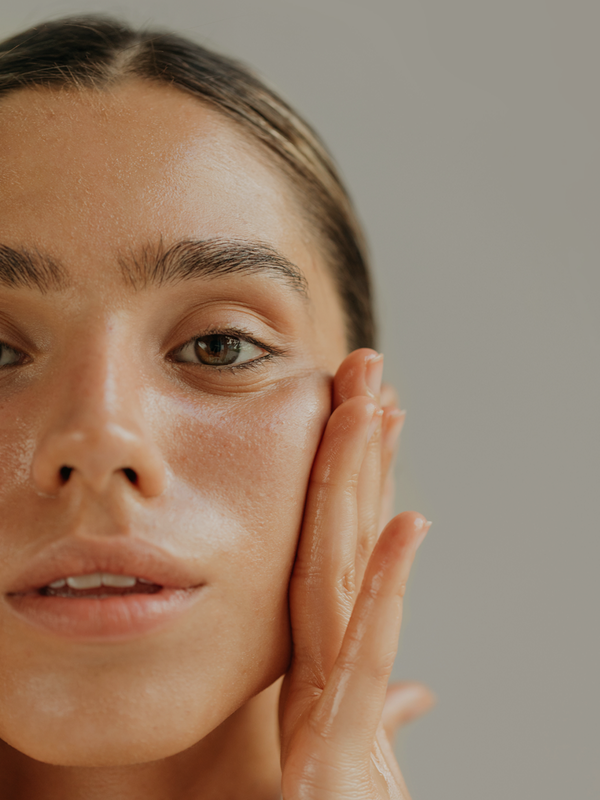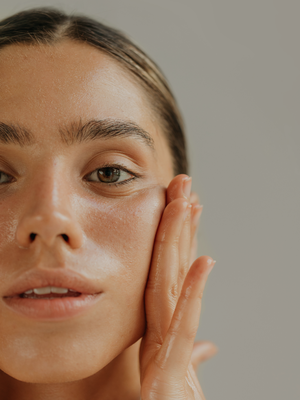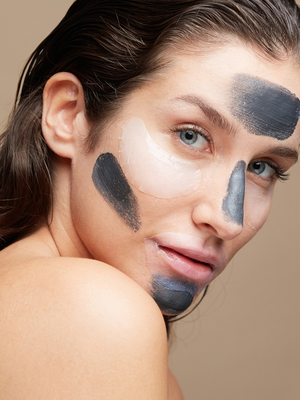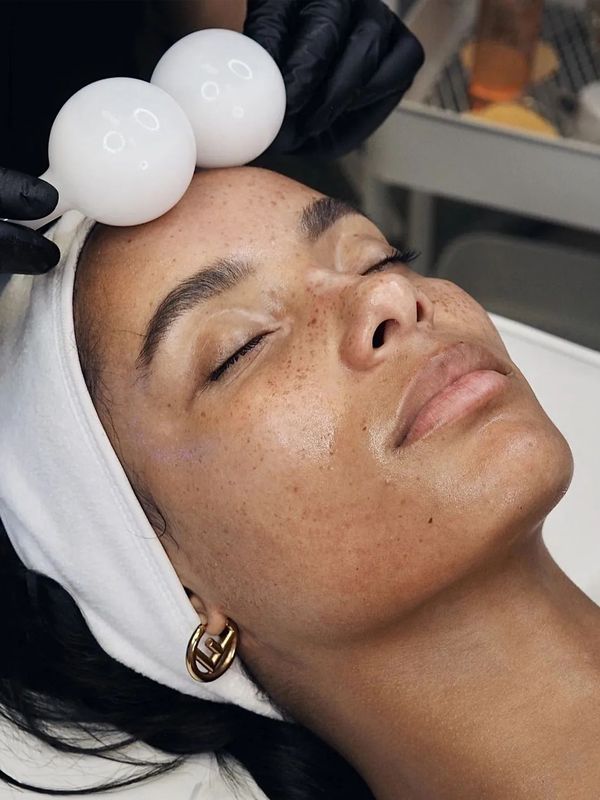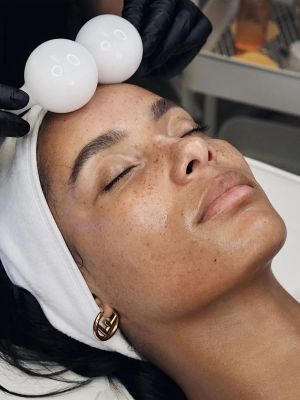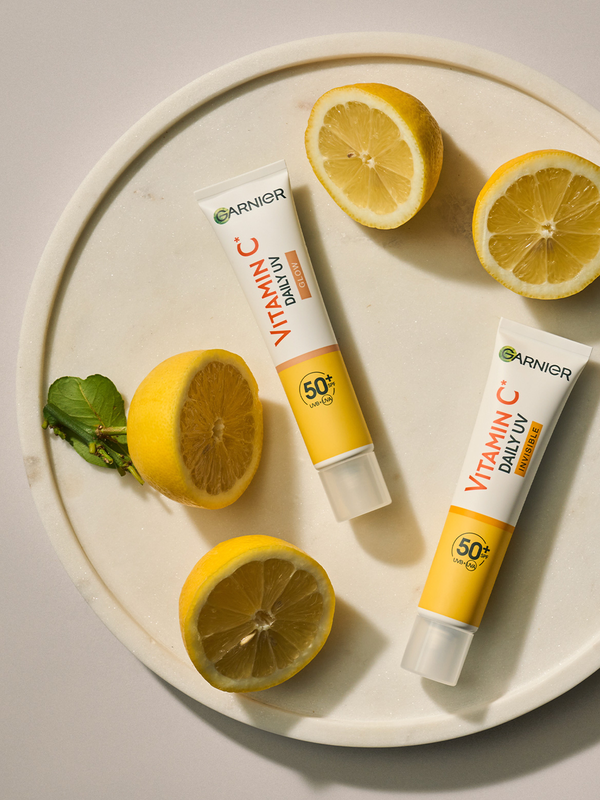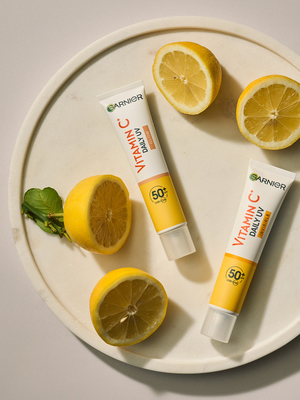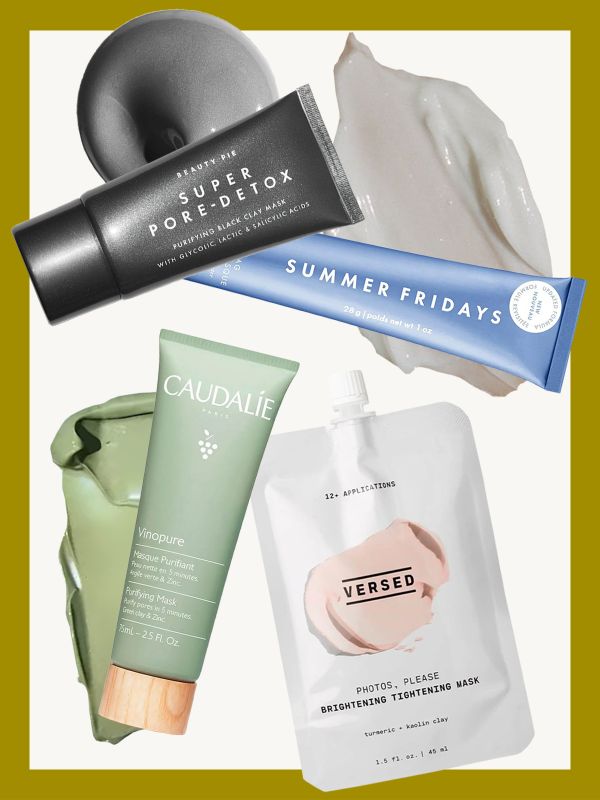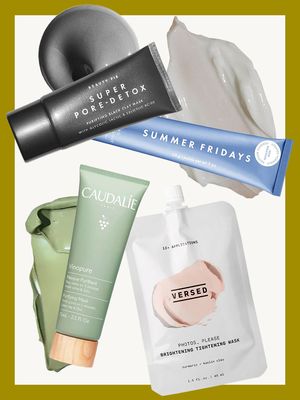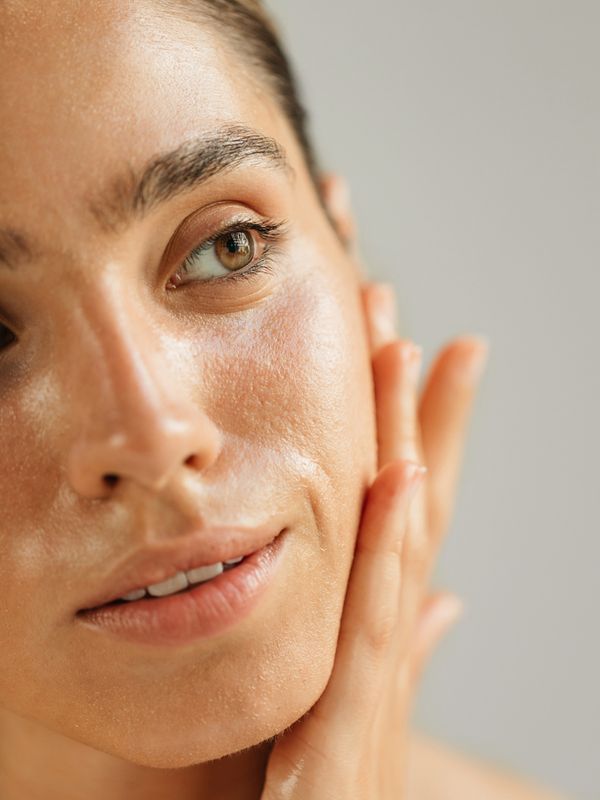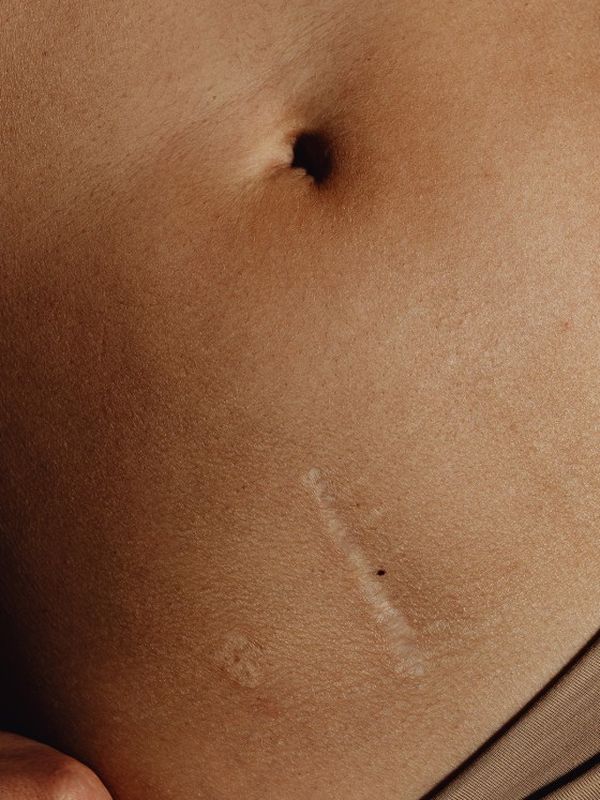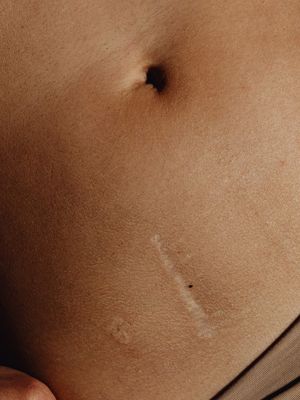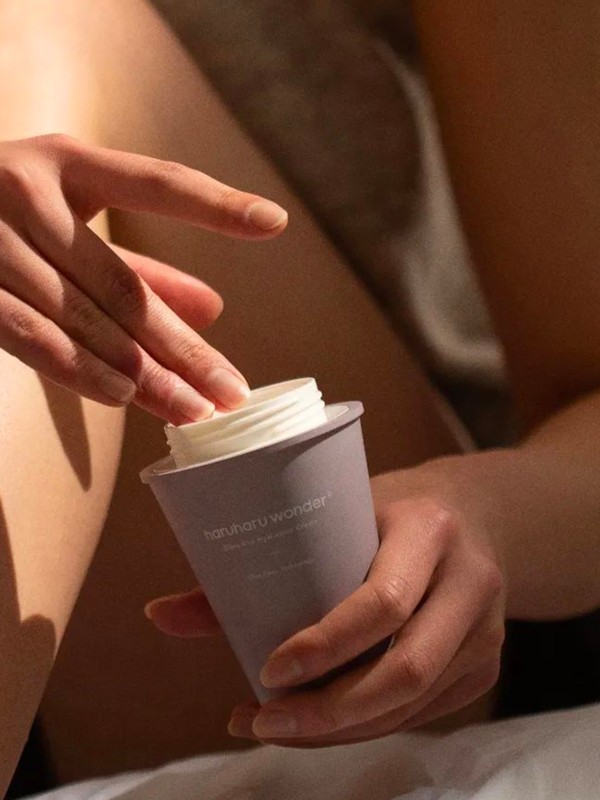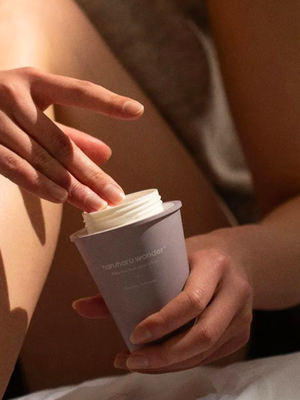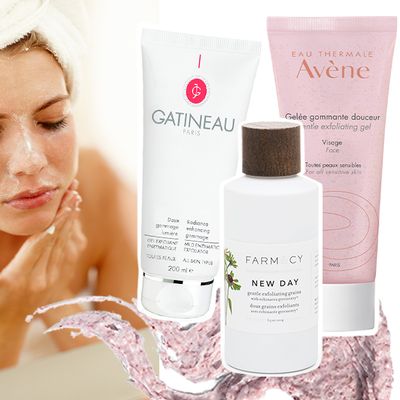
How To Exfoliate Your Face Correctly
Exfoliation Is Key For Glowing Skin
There's been plenty of debate over exfoliation and whether certain grains are good for your skin, or whether they just disrupt and unbalance your healthy bacteria. The truth is, manual scrubs remain the easiest way to remove dead, unwanted cells. Depending on the ingredients you choose, they work primarily on the surface to rid grime, but larger beaded formulas can also get down much deeper if your skin looks congested. I recommend choosing a smooth exfoliator like a gommage, which are kind to all skin types.
Once A Week is Ample
Aim to use a scrub only once a week and never more. It means that your skin cells have plenty of time to turnover and you’re just giving them an extra push by loosening up the dead protein bonds on the surface of your skin. This in turn gives you a fresh and glowing complexion without stripping away any of your skin’s natural oils. When you start to exfoliate twice or three times a week, they compromise your healthy microbiome, which is why some people start to see redness, peeling and general un-comfort, it’s way too much for your skin to take.
There Are Two Types Of Exfoliation
Mechanical and chemical. The key difference is the use of equipment, so for example, electricals are often used with mechanical exfoliation, think Micro Dermabrasion which uses pressurised ingredients to loosen and polish the skin. You’d need to seek that out in-salon. Chemical exfoliation on the other hand are ingredients that make up a reaction on the skin to remove unwanted layers and are found in accessible products. We’re seeing more and more chemical peels launch and there are a lot of die-hard fans that will always flock to this method over mechanical treatments.
It’s Not Suitable For Everyone
There are certain skin types that should sometimes skip exfoliating altogether, or only do it every two to three weeks. I find those with rosacea, acne or thinner, fair skin don’t get on too well with scrubs, which is down to the irritation it can cause conditions while also upsetting the acid mantle (the barrier of our skin). If you suffer with any of the above, it’s best to let it settle before using anything harsh on your skin, not just exfoliants.
There Is A Set Method
Always wet your face with a warm wash cloth first, (I then use that cloth to take the exfoliator off too), this preps the skin nicely for gritty scrubs. If you have time, the ideal pre-step would be to cleanse and remove impurities such as make-up and pollution. Then go in with a small amount of exfoliator as most are quite intense and strong in their effectiveness, so a little goes a long way. Start by applying to the chest and working it up to your face, but avoid massaging it in. Instead, use light tapping movements to press the product deeper into the skin, circular motions will just create inflammation. Always avoid the eye area too, it’s extremely sensitive in comparison to other parts of tissue on the face. Keep your exfoliation below the orbital bone – this is felt as the socket around your eyes.
Timing Is Everything
This is because it allows your skin a longer rest period, giving redness or irritation time to settle. Usually most cases are fine, but just to be sure, exfoliate in the evening when possible. I also recommend showering pre-exfoliation, it warms the skin up nicely, allowing the product a softer, plump surface to penetrate.
Shop our favourites below...
DISCLAIMER: We endeavour to always credit the correct original source of every image we use. If you think a credit may be incorrect, please contact us at info@sheerluxe.com.
